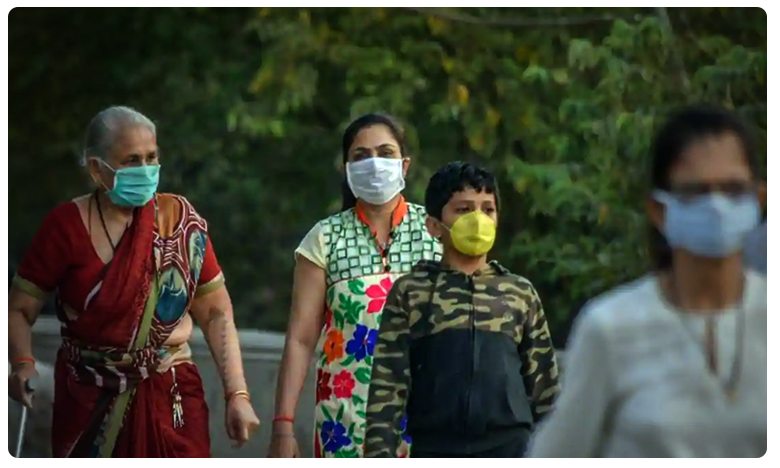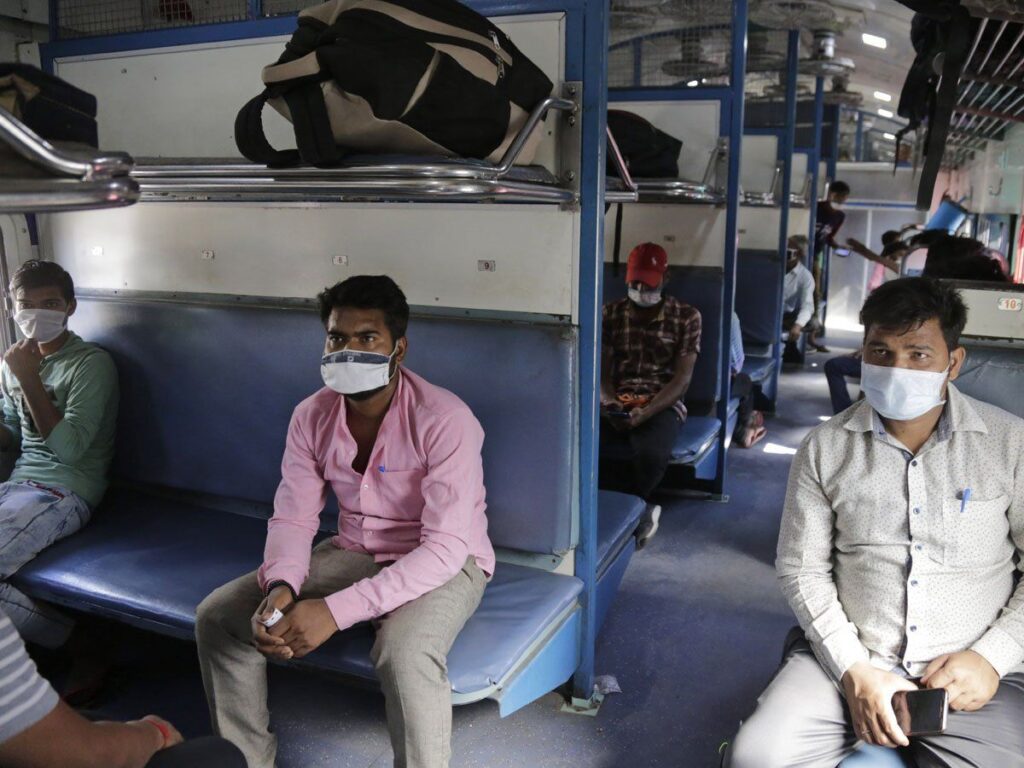Baijayanti Rout
India is experiencing huge human capital loss due to Covid-19 infection and a shortage of Oxygen since April 2021. According to New York Times database, it is recorded that 21 million Covid-19 cases and more than 230,000 deaths till 8th of May 2021.

Undoubtedly, it is very high time for India where all Indians have to follow the Government guidelines to reduce the Covid-19 cases. The second wave of coronavirus has landed on urban areas and gradually spreading to rural areas. The big cities like Mumbai, Pune, Delhi, Ahmedabad are the starting point of the second wave of covid-19. There is a sky-high shortage of Oxygen in urban hospitals whereas the community spread is growing rapidly in rural areas. People are dying in a queue every day due to the non fulfillment of Oxygen needs.
It is reported that from several studies, both the rural and urban areas do suffer from respiratory illness. In the same context, reported that as compared to rural areas the breathing ailment is more prevalent in urban areas due to more pollution in the cities. Though covid-19 is hitting harshly to the low immune humans and the risk is more in case of breathing ailment patients. In the case of India, the risk of death is much higher because a severely infected population is outreaching the availability of Oxygen and medical facilities.

In rural India, more community spread and half of the new cases are reported in rural areas because of many forced factors. The factors like lack of necessary health infrastructure, financial constraint, and unavailability of a water facility at home, all the factors are hindering the rural people to follow the stringent guidelines of Covid-19. The group chief adviser Soumya Kanti Ghosh reported that in March 2021, the new Covid-19 cases were 37% from rural districts and it is increased to 45.5 per cent in April 2021 and also upward number in May which is 48.5 per cent.
And the then total numbers of covid-19 cases in the second wave of India have increased by 300 per cent. As we all know the guidelines for Covid-19 are wearing masks, frequent hand wash, use of sanitiser and most important ‘Social distancing’. If we discuss the issues in rural India, beginning with the first issue is that ‘wearing a mask’- people believe in rural areas that though they are not going to any market or gathered place not necessary to wear. The next issue is that many of the rural people are not much financially sound and the family size also more than urban areas.

It is not affordable to purchase soaps and hand wash amenities to use frequently. Moreover, most of the rural families are working in agriculture and not possible to follow the same. Therefore, they are not able to afford and follow the guidelines to save them from Covid-19 infections. The dominant guideline is ‘social distancing’ which is helping us to make possibly distant from Covid-19 infection. But in rural areas, the water supply is not available in every house along with this bathing facility also not available.
Therefore, it is mandated to bring water from common tubewell, well and tap and to go to common ponds and rivers for a bath where it is hard to maintain social distancing. The principal reason behind the issues that they are bound to take the risk to get their necessities to live. All the above issues and challenges are facing the rural people and unintentionally they are becoming devoured by Covid 19 infections and leading to more community spread.
![]()
So, the government should be more focused on the infrastructural development with the availability of all medical instruments. This would help the people to save their lives from death risks. Government should provide at least minimum facilities in rural areas to break down the chain of spread, importantly to break the chain of community spread.
(Author is a Researcher & PhD Scholar, School of Economics & Planning from Central University of Gujarat.)



















Good article